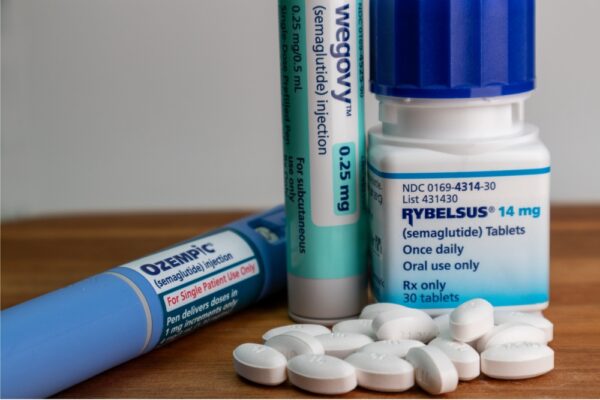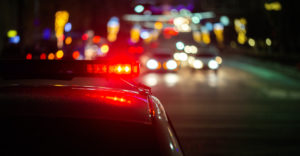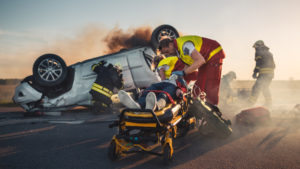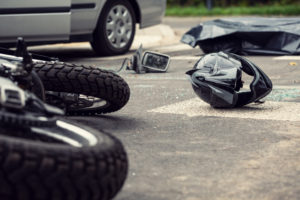Autonomous driving technology is just around the corner, with some experts expecting driverless cars to hit showrooms across the country in the next five years. In addition to the obvious perks such as being able to snooze on the commute to work and not having to worry about getting home safely after a night out on the town, driverless cars are predicted to decrease accident rates by as much as 90% – which could help prevent more than 30,000 traffic fatalities per year, according to Google.
However, just as with any new technology there are sure to be bugs and machine errors when self-driving cars finally hit the road.
Remember the catastrophic launch of Apple Maps in 2012? Just imagine the implications of the navigation software in a true self-driving vehicle freezing up or otherwise malfunctioning while you think you’re just along for the ride. As Bryant Walker Smith, fellow at the center for automotive research at Stamford University told Consumer Reports, “One headline, ‘Machine Kills A Child,’ trumps 30,000 obituaries.”
And that thought introduces one of the biggest debates in the autonomous driving discussion: If a self-driving car crashes, who’s responsible?
The answer -as with most questions related to law and liability – is that it depends. However, the good news is that there is a strong foundation on which to establish new rules for product liability related to driverless technology.
Product liability and autonomous driving technology
Ever since the introduction of moving vehicles – and especially since the explosion of the Internet – court officials, insurance companies, lawmakers, auto manufacturers and other experts have been careful to create a dynamic legal framework designed to adapt to innovations and changes in technology.
Autonomous cars likely will introduce a new chapter in the evolution of traffic laws and insurance systems, but our current framework for product liability laws is already flexible enough that it likely won’t call for a complete upheaval of the industries, as some have feared.
For example, consider the possibility that an autonomous car’s steering and acceleration systems work fine in clear weather, but sometimes malfunction in wet conditions and severe storms. If the self-driving car causes a wreck and a passenger is injured as a result, the manufacturer would most likely be held liable. Why? Think back to the recent Toyota recalls. It is the responsibility of the manufacturer to ensure its product works and is safe to use for all reasonable purposes.
Based on precedent, driving is an absolutely reasonable use of a moving vehicle, even in rainy weather. In the past, courts typically have ruled the release of hazardous defects by a manufacturer as negligence, which may result in a recall of the defective vehicle models. Autonomous driving technology could be treated the same way.
However, there are some instances in which manufacturers could escape liability and the passenger or owner of the vehicle could be held liable when a self-driving car crashes. If the car has been modified in any way, if the owner has failed to remove obstructions such as snow or mud from the car’s sensors or otherwise created “unforeseen circumstances” that would have been unpreventable from a manufacturer’s point of view, liability would likely shift to the consumer.
However, while a dynamic framework for the insurance industry is already in place and equipped to adapt to new autonomous technology, driverless cars do have the potential to disrupt the insurance industry in a different way. Auto insurers collect more than $200 billion in premiums every year in the U.S. What happens to their business models if accident rates drop as much as 90%?
Initially, insurance companies will likely sweep in huge profits due to fewer claims payouts. But as consumer risk for traffic accidents declines, so will the amounts carriers are able to charge customers for coverage. With the introduction of autonomous driving technology, some experts predict car insurance premiums will decline by as much as $475 a year in some states. There is some debate over this – any damage to self-driving vehicles that does occur likely would cost much more to repair.
Much of this is still being hashed out, and for now, some states, such as California, are requiring self-driving vehicles to be equipped with steering wheels and other controls to keep the human factor part of the equation. That could change over time, just as liability and insurance also are likely to change.
Kelly McMurtrie writes for HomeInsurance.com, an online resource for homeowners and drivers across the country. The HomeInsurance.com blog provides fresh tips and advice on a range of financial topics to help homeowners and homebuyers make educated decisions about their insurance purchases.













One Comment
Jon Dunn
This is a great article and really highlights the long and difficult task ahead of building semi-autonomous and fully-autonomous vehicles into current legal frameworks.
It's very difficult to predict how exactly the transitions will happen, but you have made some good predicitions.
We are tracking the intruiging progress over at http://www.autonomouscarinsurance.co.uk (where I have featured this article)
Cheers
Jon
Comments for this article are closed.